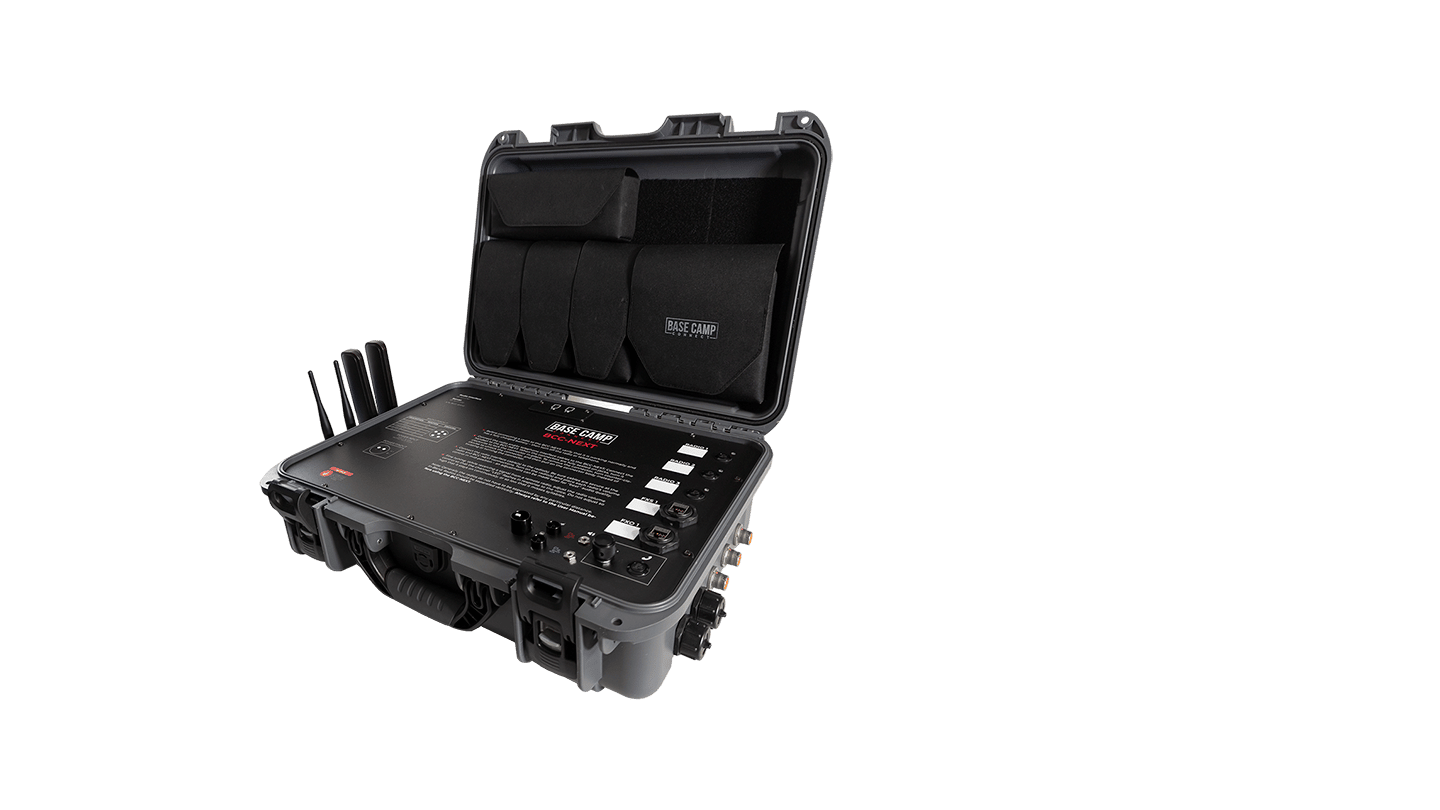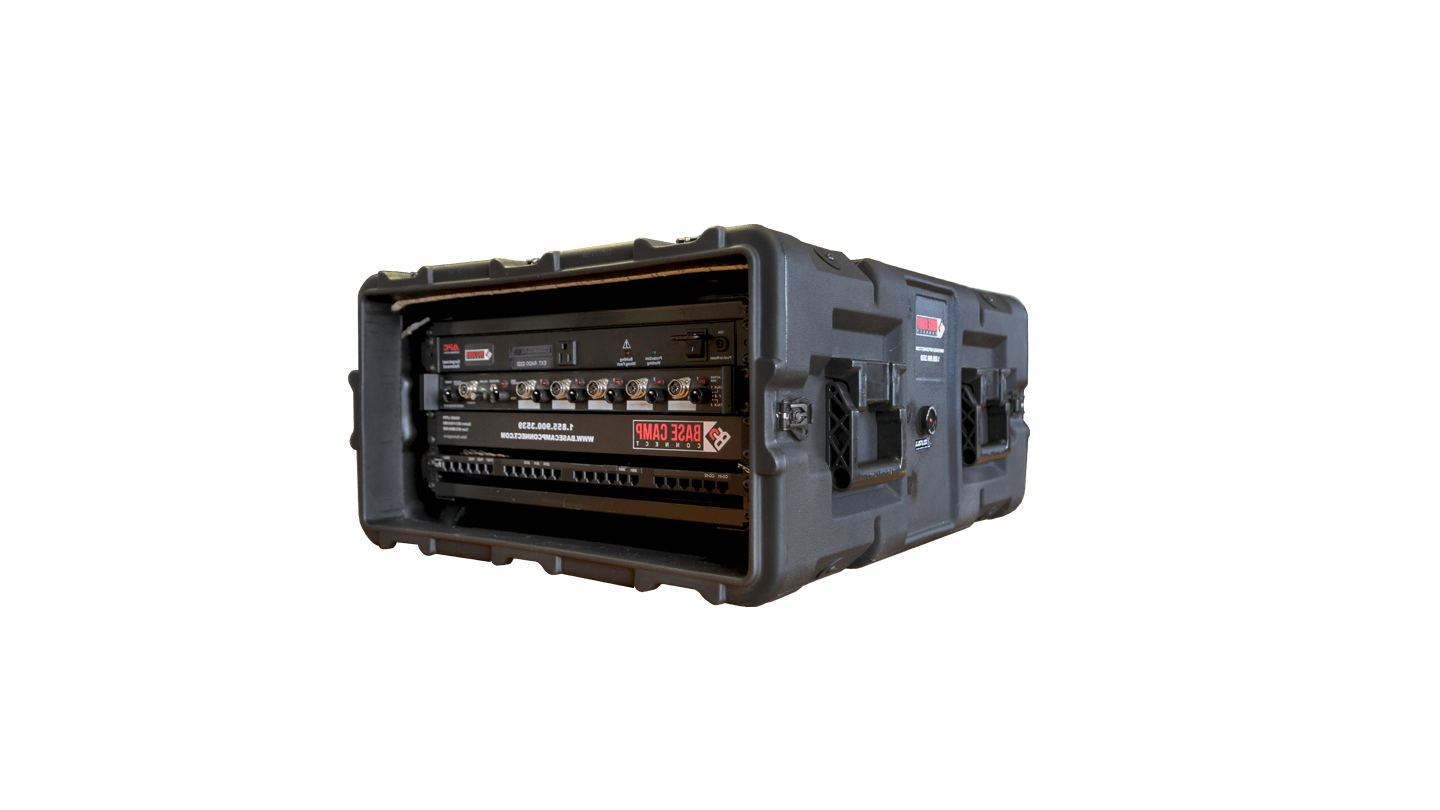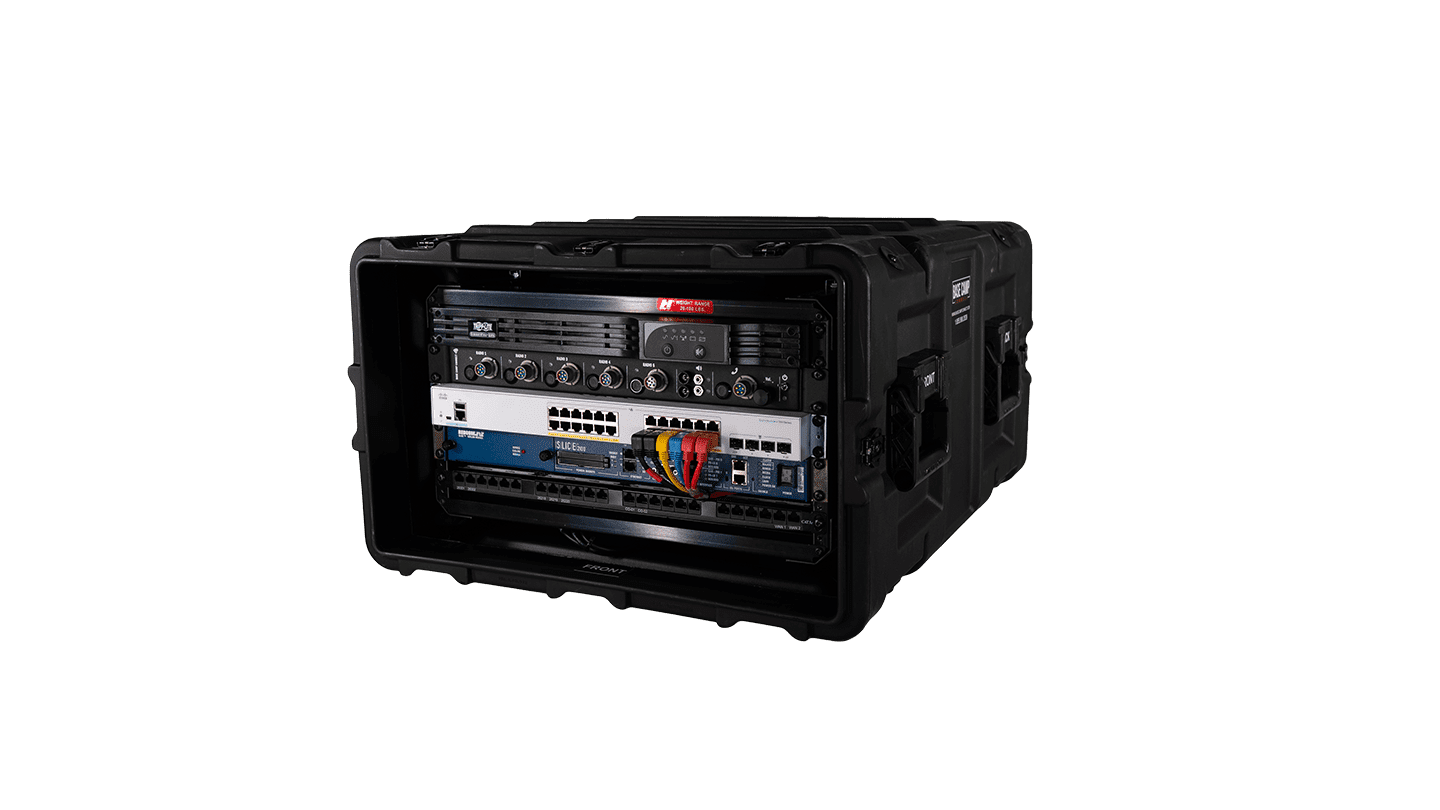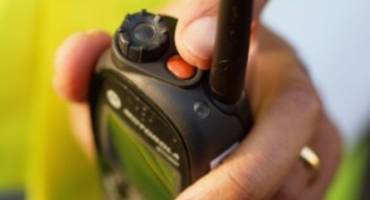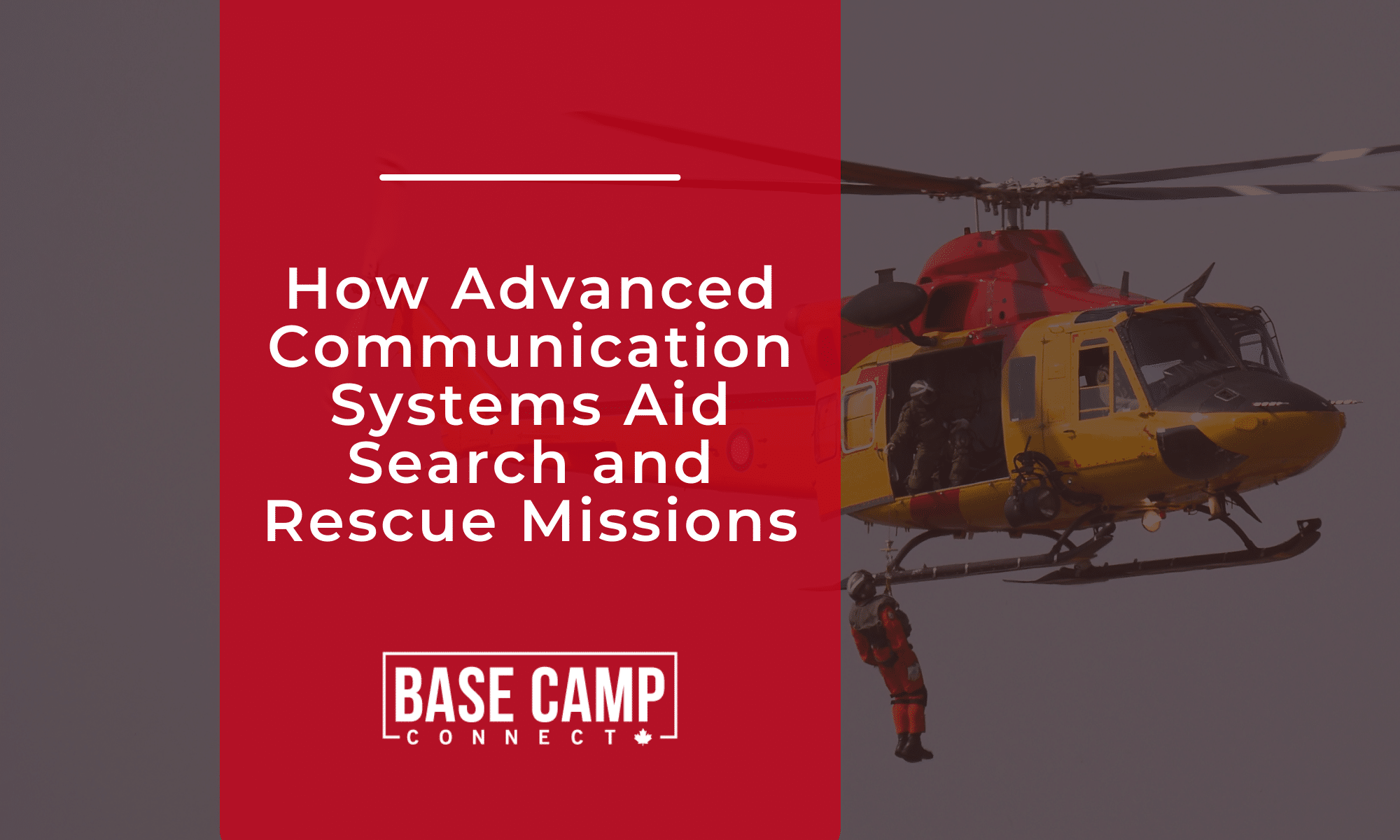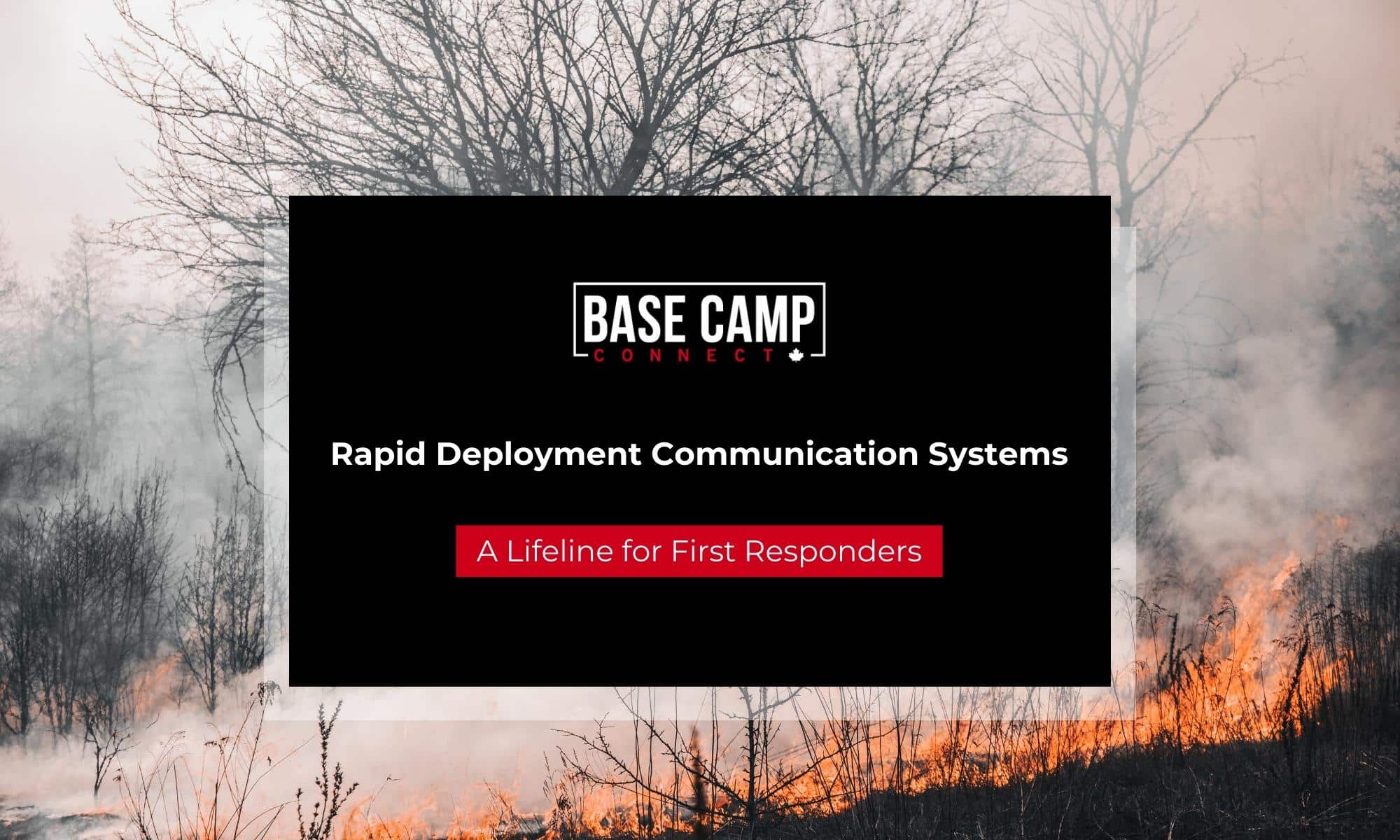In my last article titled “Problems on the Front lines with P25 Upgrades”, I mentioned my hometown in rural Indiana was experiencing multiple failures of the P25 radio systems during life-and-death situations. Unfortunately, the problems continue to plague the safety of public safety professionals in the county. Last week, during a court case, a man physically assaulted the sister and mother of recently slain Sherriff deputy Carl Koontz. When court deputies pressed their red “emergency buttons” on the 800mzh radios, nobody was notified on the other end and additional aid was delayed to the officers, attorneys, and good Samaritans that were attempting to pull the man off the women.
Most likely the majority of us that carry radios for our profession have either pressed the buttons by accident or have heard others pressed them by accident. The purpose is to notify all public safety personnel that someone is in danger and clears all other radio traffic off the air. We commonly imagine using these buttons in a Mayday situation or when we require immediate assistance. As a firefighter who was commonly on the Rapid Intervention Teams (RIT), hearing the emergency buttons being pressed during a fire suppression operation was both terrifying and exciting to my entire team. Fortunately, most of these were accidental activations of the button as firefighters were working on fire suppression or overhaul. Undoubtedly, we can all probably agree that we rely on that button too much for our safety and always expect that once we activate the mayday alert, the cavalry will come save us, but what happens when you press the button and nothing happens?
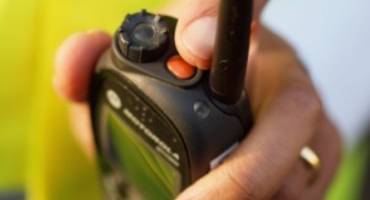
As the Howard County Deputies were assisted by surrounding attorneys and civilians that jumped in to help, the deputies realized the emergency tones on the radios were not activated and backup was not on its way. The deputies likely then radioed in for assistance directly. Fortunately, other deputies quickly responded to the scene to separate the altercation. Much of the details and security footage of the incident are being kept internal for investigative purposes at the moment. In multiple media interviews on this story; “Howard County Sherriff Steve Rogers acknowledged criticism surrounding the county’s new emergency radio system which has experienced problems in the past. Sheriff Rogers assures there were no issues with this system in this incident”. He goes on to say “It was fourteen seconds before the first security officer got there and then in a matter of a few more seconds there were several other officers there,” explains Sheriff Rogers” (CBS4, 2018). While the Sherriff denies any issues with the system, many of his deputies and other public safety professionals in the county disagree and are calling for further investigations into the incident.
How do we resolve such issues? Thinking about the last time I remember hearing an actual “red button emergency tone” that was not a false alarm, it reminds me that most agencies rarely hear the tones go off for non-false alarm incidents.
- Are we using the false-activations as a test of the radio function? If so how reliable is this method?
- What does your agency do to test the effectiveness of the emergency button and do you have areas in the jurisdiction that are “dead zones” that would cause the system to fail?
- How can we better enhance the capabilities or reliability of the emergency alert buttons on the radios?
Unfortunately, I can’t say that I have the answers to any of these questions. I usually like to provide some type of solution to consider but this is not something I have personal experience with resolving. Hopefully, you can find this though provoking and strike up a conversation with public safety and dispatch centers to determine what would work best for your jurisdictions.
While technology continues to advance and provide solutions to existing problems we experience, we must be cognizant to the realities that new technology can fail us at the worst times. I was always advised growing up, to never go out and purchase the newest gadget (phone, car, etc.) as they will almost always have issues to resolve within the first six months and prices will usually drop significantly after all the hype is over. I believe this is a valuable concept with public safety equipment and technology as well. Recalling back on my rookie firefighter days, the department I began with had purchased a new thermal imaging camera as soon as it was released for sale. Granted we desperately needed a new thermal camera, however, we were so excited for the new piece of equipment, that we failed to do all our homework on the product and warranty that ultimately lead to years of problems with the camera and having to exchange the batteries out over a dozen times within a year.
The P25 radio upgrades across the United States were desperately needed and truly provide better options for all of us. From the ability to add additional radio towers, add more radio IDs to the existing systems, improve radio reception and coverage throughout the area, and allow governments and agencies the options to purchase radios from different manufacturers. This, of course, helps to reduce monopolization of the radio systems in an area and allow for a better capitalistic approach, thus improving quality and reducing prices.
As we move forward with radio communication upgrades across the nation and as other nations also advance their public safety radio systems, we must remember that with new technologies come the potential for new problems as we work through the kinks of the system and it pains me to see our brothers and sisters on the front lines having to rely on outdated systems and especially broken systems.


